(HNMCT) - Cao Lo Vuong Temple; Kinh Duong Vuong Temple and Tomb; Si Nhiep Temple have unique cultural and historical values and are attractive destinations for tourists.
Cao Lo Vuong Temple
The temple of Cao Lo Vuong was formerly located in Lo village, now Dai Trung hamlet (Cao Duc commune, Gia Binh district, Bac Ninh province). He was the one who helped An Duong Vuong build Co Loa citadel, created Linh Quang crossbow, and contributed to defeating Trieu Da's army to protect the Au Lac state. Thanks to that, he was granted the title of Marquis and many dynasties conferred him the title of Thuong Dang Than.
Cao Lo Vuong Temple bears the architectural mark of the Le - Nguyen Dynasty in the style of "front public, back country", on a large scale, including the Outer Temple, the Middle Temple and the Upper Temple. On March 10 every year, the people of 8 villages in Dai Than region worship Cao Lo Vuong and hold a festival to express their gratitude to General Cao Lo. In 2005, Cao Lo Vuong Temple was ranked as a National Historical Relic.
Kinh Duong Vuong Temple and Tomb
The temple and tomb complex of Kinh Duong Vuong, Lac Long Quan, and Au Co is a place to worship the founders of the country, located in A Lu village (Dai Dong Thanh commune, Thuan Thanh district). In the past, Kinh Duong Vuong was worshiped at the Upper Temple, Lac Long Quan and Au Co were worshiped at the Lower Temple, both located in the west of A Lu village. In addition, the villagers also built a communal house to worship the ancestor Kinh Duong Vuong as the village's tutelary god. From 1949 to 1952, the French invaders set up a military post in the village and destroyed all the communal houses, temples, and pagodas. In 1971, the people restored the Kinh Duong Vuong tomb complex, and in 2000, they built a communal temple to worship the ancestors.
The traditional festival to commemorate the ancestors takes place from January 18 to 25 every year. In addition, every August 15, villagers hold a ceremony to pay homage to their ancestors with 3 trays of black plums symbolizing the 50 children who followed their mother to the forest and 3 trays of fish salad symbolizing the 50 children who followed their father to the sea.
Si Nhiep Temple
The temple and tomb of Si Nhiep - "Nam Giao Hoc To" is located in Tam A village (Gia Dong commune, Thuan Thanh district, Bac Ninh province). This is the place to worship Si Nhiep (137 - 226), the Governor of Giao Chi - the mandarin who paved the way for Confucianism in Vietnam. The temple has a "Dinh"-shaped structure including 5 front rooms and 3 back rooms. The temple gate is built in a two-story, eight-roofed, five-door style, with 4 Chinese characters embossed on the front: "Nam Giao Hoc To" and on the back is "Huu Cong Nho Giao". The back room has a bronze statue of Si Nhiep, on both sides are 10 clay statues of civil and military mandarins, 1.6m high, standing in attendance. The tomb of Si Nhiep is located behind the temple. Every year, the festival takes place from the 5th to the 7th of January.
The temple and tomb complex of Si Nhiep was ranked as a national historical, cultural and architectural relic in 1964.
Source


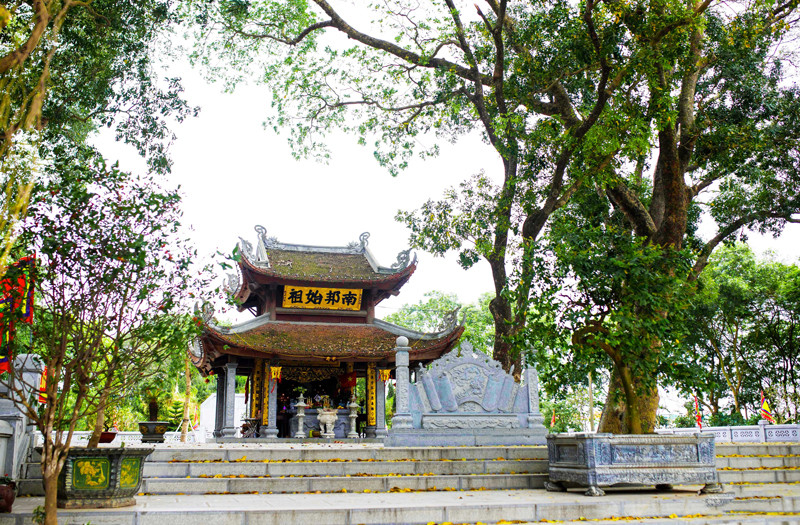

![[Photo] Comrade Khamtay Siphandone - a leader who contributed to fostering Vietnam-Laos relations](https://vstatic.vietnam.vn/vietnam/resource/IMAGE/2025/4/3/3d83ed2d26e2426fabd41862661dfff2)
![[Photo] Prime Minister Pham Minh Chinh receives Deputy Prime Minister of the Republic of Belarus Anatoly Sivak](https://vstatic.vietnam.vn/vietnam/resource/IMAGE/2025/4/2/79cdb685820a45868602e2fa576977a0)

![[Photo] General Secretary To Lam receives Russian Ambassador to Vietnam](https://vstatic.vietnam.vn/vietnam/resource/IMAGE/2025/4/2/b486192404d54058b15165174ea36c4e)
![[Photo] Prime Minister Pham Minh Chinh receives CEO of Standard Chartered Group](https://vstatic.vietnam.vn/vietnam/resource/IMAGE/2025/4/2/125507ba412d4ebfb091fa7ddb936b3b)
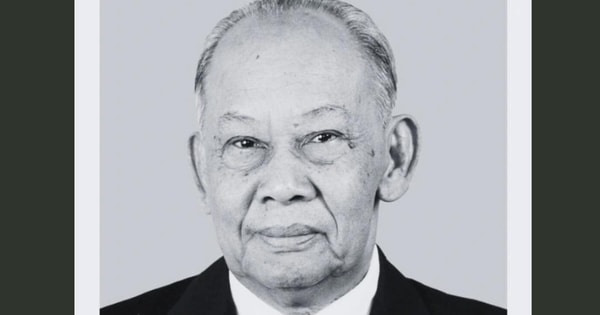




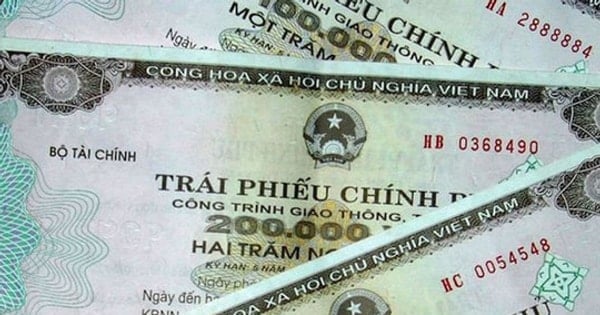





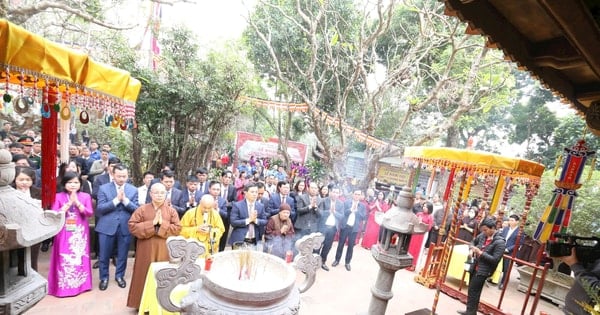


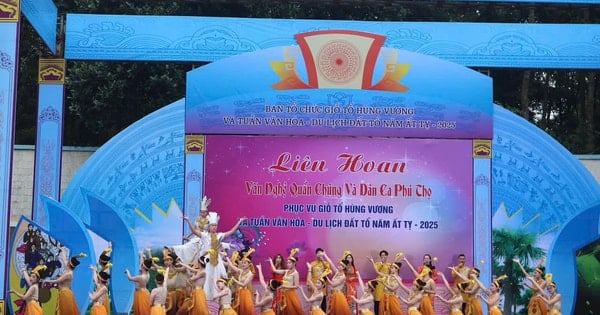

















































![[Podcast] News on March 26, 2025](https://vstatic.vietnam.vn/vietnam/resource/IMAGE/2025/4/3/c3d9c3c48b624fd9af79c13ff9e5c97a)


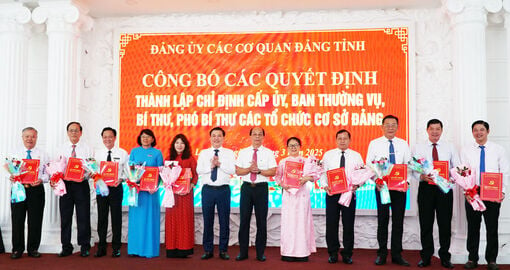
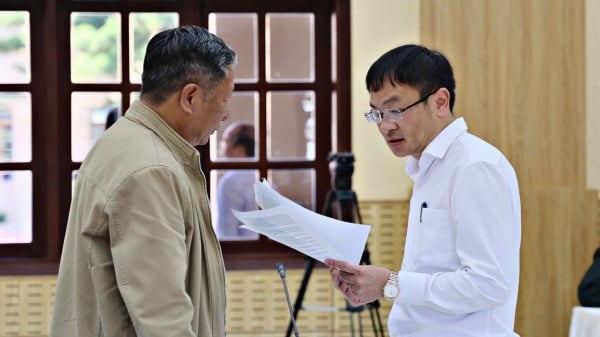














Comment (0)